Understanding the Importance of Protecting Wooden Floors
Wooden floors are a valuable investment for both home owners and business owners, as they add beauty and elegance to any space. it is crucial to protect wooden floors from furniture and appliance damage to ensure their longevity and maintain their aesthetic appeal.
Furniture and appliance damage can cause scratches, dents, and other forms of damage that can significantly reduce the lifespan of wooden floors. These imperfections not only detract from the overall appearance of the floor, but they can also weaken the floorboards, leading to further damage over time. Additionally, furniture and appliance damage can cause the floor to become uneven, posing tripping hazards and other safety risks.
Not protecting wooden floors from furniture and appliance damage can result in costly repairs or even the need for floor replacements. Repairing or replacing damaged floorboards can be expensive, and the cost can escalate if the damage is extensive. the cost of replacing furniture and appliances that have caused damage can add up quickly.
To prevent furniture and appliance damage, it is important to use protective measures such as furniture pads, coasters, and glides. These can reduce friction and prevent scratches and dents. Regularly inspecting the floor for any signs of damage and promptly addressing any issues is also crucial.
Identifying the Vulnerabilities of Different Types of Wooden Floors

When it comes to furniture and appliance damage, different types of wooden floors have varying levels of vulnerability. Solid wood floors, for example, are more susceptible to damage than engineered, laminate, and vinyl flooring. This is because solid wood floors are made from a single piece of wood, making them more prone to scratches, dents, and other forms of damage.
Engineered wood floors are made from multiple layers of wood, making them more resistant to damage than solid wood floors. Laminate and vinyl flooring are also more resistant to damage than solid wood floors, as they are made from synthetic materials.
The specific characteristics of wooden floors that make them prone to damage include their hardness, thickness, and finish. Harder woods, such as oak and maple, are more prone to scratches and dents than softer woods, such as pine and cedar. Thinner floors are also more prone to damage than thicker floors, as they are less able to absorb the impact of furniture and appliances. Finally, floors with a glossy finish are more prone to scratches than those with a matte finish.
Recognizing the Potential Damages Caused by Furniture and Appliances
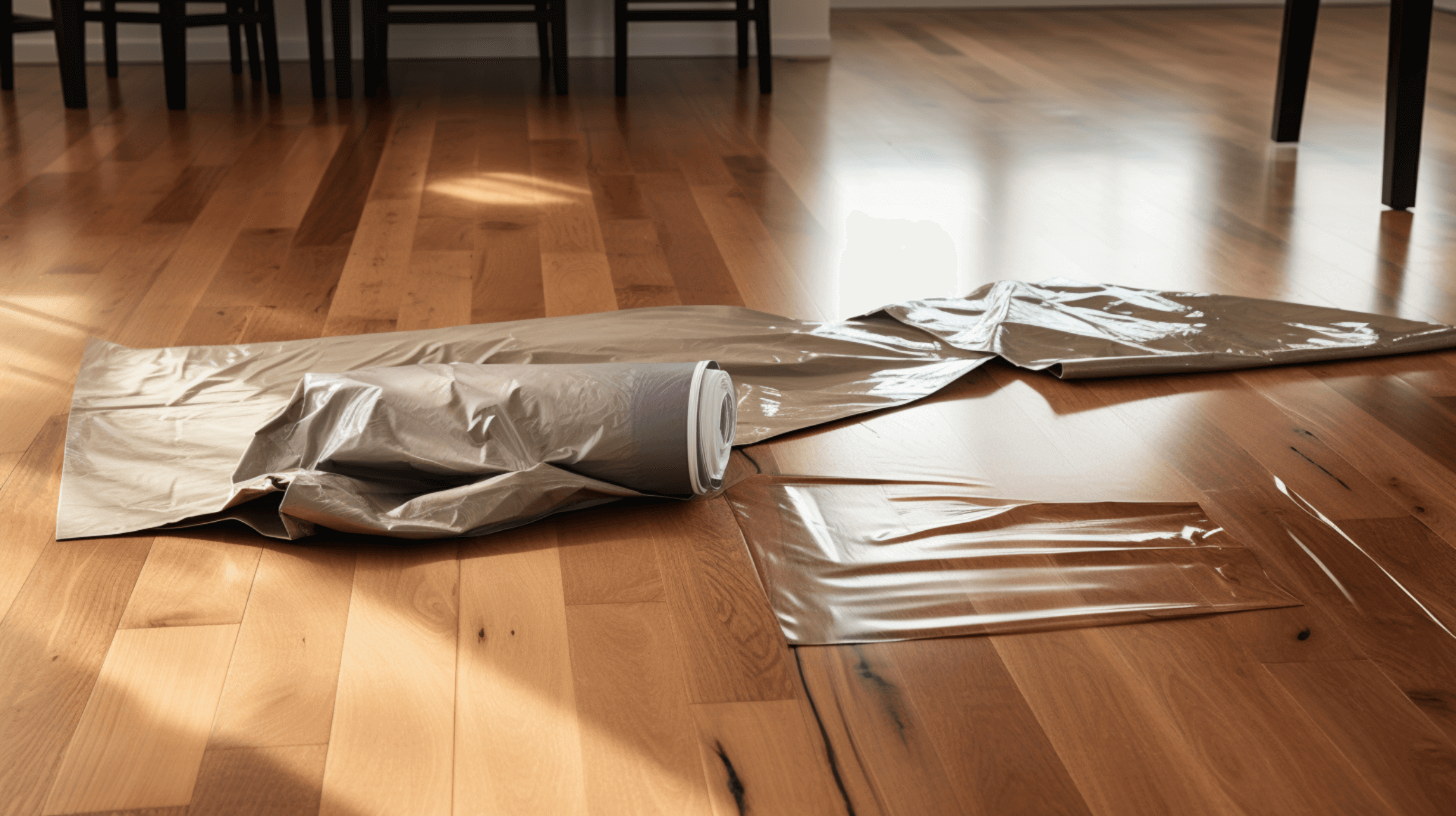
Furniture and appliances can cause a variety of damages to wooden floors, including scratches, dents, and other forms of damage. Heavy furniture and appliances, such as couches, tables, and refrigerators, are particularly likely to cause damage, as they can cause the floor to become uneven and can cause scratches and dents when moved.
The placement and movement of furniture and appliances can also contribute to floor damage. For example, furniture and appliances that are placed too close together can cause scratches when they are moved. Additionally, appliances that are moved too quickly or with too much force can cause scratches and dents.
To minimize the risk of damage, it is important to ensure that furniture and appliances are placed at least two inches apart and that they are moved slowly and carefully. Additionally, using protective measures such as furniture pads, coasters, and glides can help reduce friction and prevent scratches and dents. It is also important to clear up any mess as soon as possible and dispose of waste in the appropriate manner.
Preparing Your Wooden Floor for Protection
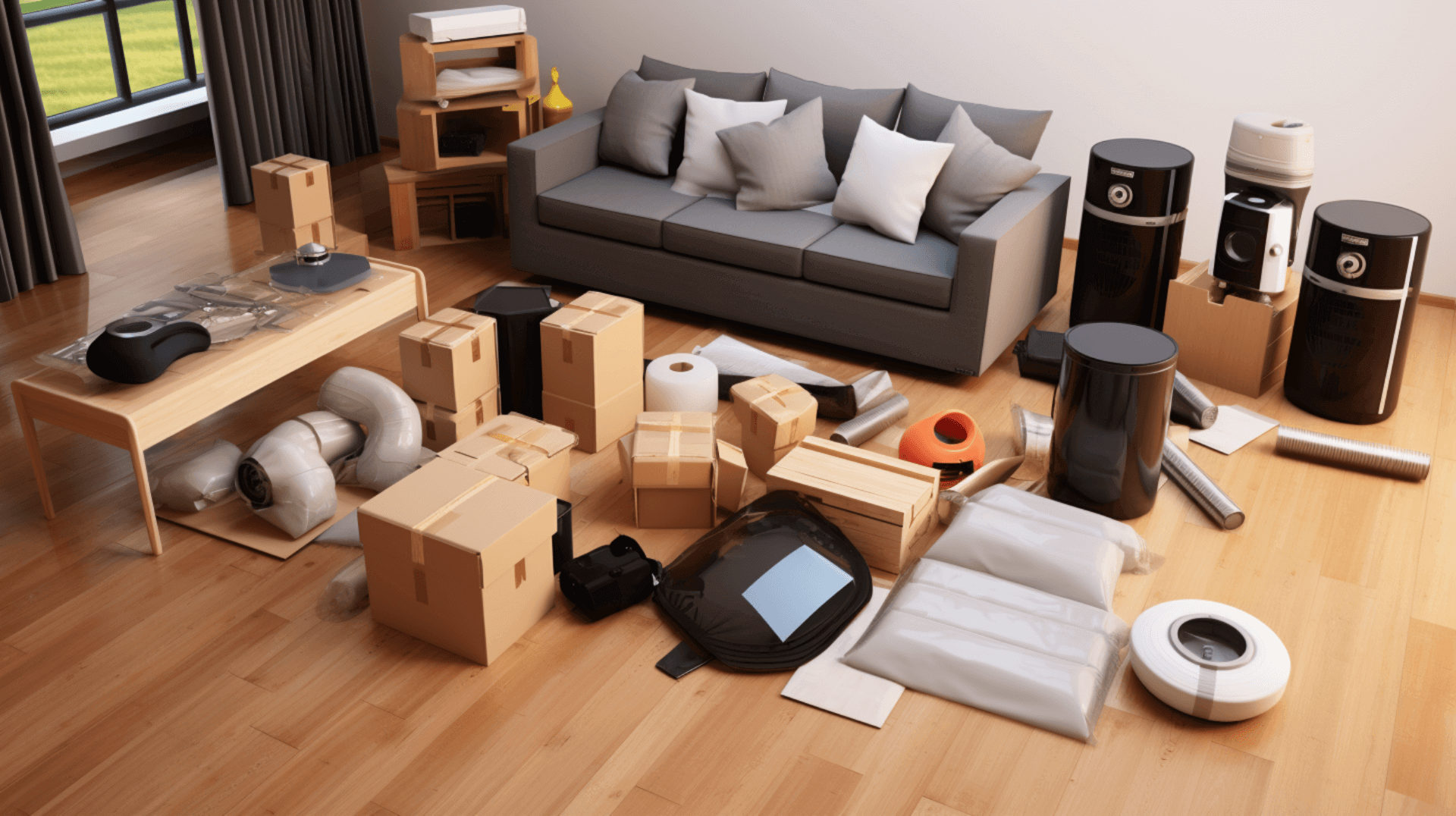
To effectively protect a wooden floor, it is important to follow a systematic approach. First, ensure that the floor is appropriately cordoned or barriered to prevent any accidental damage during the protection process. This can include using caution tape or temporary barriers to restrict access to the area.
Next, follow the manufacturer’s recommendations for safety considerations specific to the product or system being utilized. This may include wearing protective gear such as gloves or safety glasses, ensuring proper ventilation, or following specific application instructions.
To prepare the wooden floor for protection, start by cleaning and maintaining the floor regularly. This includes vacuuming and mopping the floor to remove dirt and debris. Use a wood cleaner that is suitable for the type of flooring to remove any stains or discoloration.
When applying protective measures, such as furniture pads, coasters, and glides, ensure they are properly installed and secured to prevent them from shifting or causing damage. Additionally, felt pads can be used to protect the floor from furniture legs, and rugs and mats can be placed strategically to protect high-traffic areas.
During the installation of any insulation or other protective materials, it is important to consider any repairs that may be required to facilitate the installation. Communicate with the customer about the anticipated time for the works and any potential deviations caused by unforeseen issues. Additionally, always ask for permission if the customer’s toilet facilities are needed to avoid any disputes.
By following these steps and considering the specific safety considerations and context of the installation, you can effectively prepare and protect your wooden floor, ensuring its longevity and maintaining its aesthetic appeal.
Selecting the Right Furniture and Appliances for Your Wooden Floor
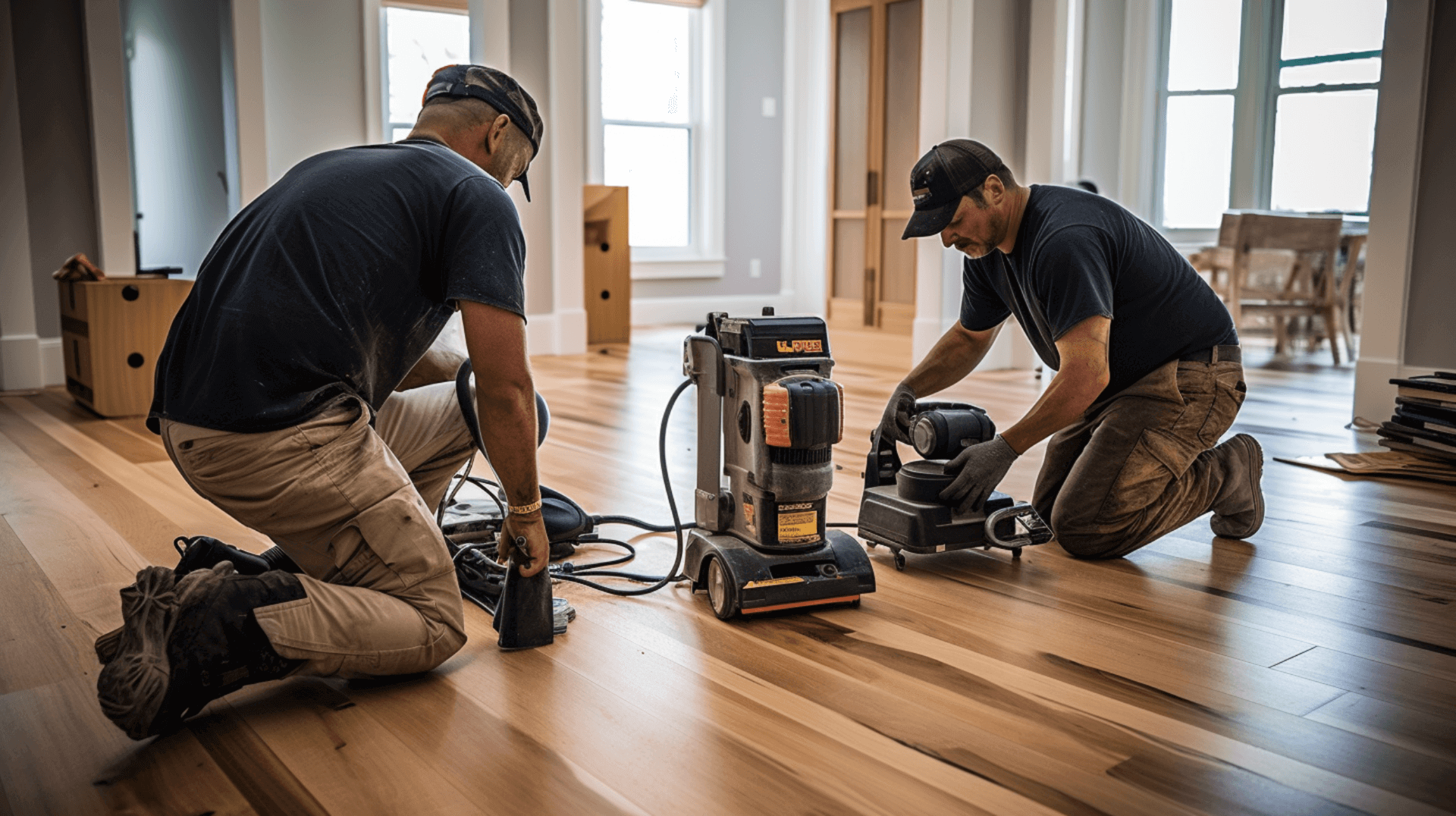
When selecting furniture and appliances for a wooden floor, it is important to consider the potential damage that can be caused by heavy items such as couches, tables, and refrigerators. These items can cause the floor to become uneven and result in scratches and dents when moved. Additionally, it is crucial to choose furniture and appliances that are the appropriate size and shape for the space to avoid causing damage during movement.
In terms of materials, it is advisable to opt for furniture and appliances with rubber or plastic feet, as they are less likely to cause scratches compared to those with metal or wooden feet. Additionally, furniture and appliances with rounded edges are less likely to cause dents than those with sharp edges.
It is also important to consider building regulations and U-value requirements for floor insulation. Using materials that are appropriately certified for use as insulation under timber floors can help achieve the required U-value and ensure the floor is properly insulated.
By considering these factors and selecting furniture and appliances that minimize potential damage, home owners and business owners can protect their wooden floors and maintain their longevity and aesthetics.
Implementing Effective Strategies for Furniture and Appliance Placement

When positioning furniture and appliances on a wooden floor, it is important to ensure that they are placed at least two inches apart to minimize the risk of scratches and dents. Additionally, it is advisable to use furniture pads and coasters to reduce friction and prevent scratches and dents. Felt pads can also be used to protect the floor from furniture legs, and rugs and mats can be strategically placed to protect high-traffic areas.
When moving furniture and appliances on a wooden floor, it is important to take precautions to avoid causing damage. This includes moving items slowly and carefully, using protective measures such as furniture pads and coasters, and ensuring that the items are properly secured to prevent them from shifting or causing damage. It is also important to follow the manufacturer’s recommendations for safety considerations specific to the product or system being utilized, such as wearing protective gear, ensuring proper ventilation, and following specific application instructions.
To improve the thermal performance of a suspended timber floor by adding extra insulation, it is important to consider building regulations and U-value requirements. Using materials that are appropriately certified for use as insulation under timber floors can help achieve the required U-value and ensure the floor is properly insulated. Additionally, the customer should be fully informed of the work being carried out, including any areas that are not accessible due to lifted floorboards. Any openings or hazards should be appropriately cordoned or barriered, and any specific safety considerations recommended by the manufacturer of the product or system used should be followed.
By following these guidelines and considering the specific context and safety considerations, home owners and business owners can effectively implement strategies for furniture and appliance placement that minimize damage to wooden floors.
Utilizing Floor Protectors and Pads for Furniture and Appliances

Floor protectors and pads are an effective way to protect wooden floors from scratches and dents caused by furniture and appliances. When choosing floor protectors and pads, it is important to consider the type of flooring, the size and shape of the furniture and appliances, the amount of traffic in the area, and the potential for water or dampness to cause rot or decay. Additionally, it is advisable to opt for protectors and pads with rubber or plastic feet, as they are less likely to cause scratches compared to those with metal or wooden feet. Furniture and appliances with rounded edges are also recommended, as they are less likely to cause dents than those with sharp edges.
When positioning furniture and appliances on a wooden floor, it is important to ensure that they are placed at least two inches apart to minimize the risk of scratches and dents. Additionally, it is advisable to use floor protectors and pads such as furniture pads, coasters, glides, felt pads, and rugs and mats to reduce friction and prevent scratches and dents. These protectors and pads work by providing a cushioning effect and reducing the direct contact between the furniture or appliance and the floor.
By considering these factors and utilizing the appropriate floor protectors and pads, home owners and business owners can effectively minimize potential damage to their wooden floors and maintain their longevity and aesthetics.
Regular Maintenance and Care for Your Wooden Floor
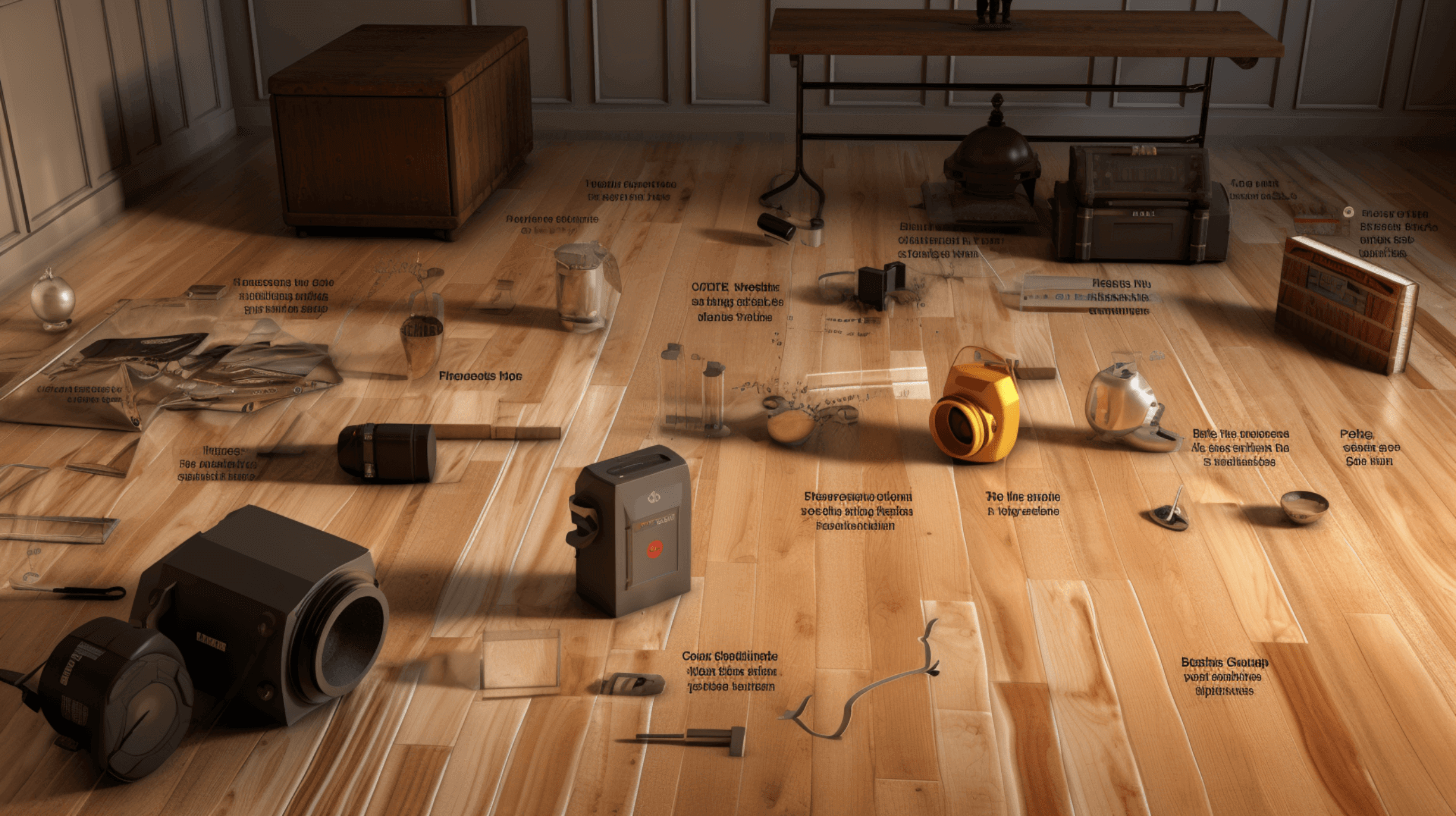
Regular maintenance and care are essential for preserving the longevity and aesthetics of wooden floors. To ensure that wooden floors remain in good condition, it is important to regularly clean and maintain them. This includes vacuuming or sweeping the floor to remove dirt and debris, and using a damp mop to remove any stubborn stains. It is also important to use the appropriate cleaning products and methods, such as a pH-neutral cleaner and a soft cloth or mop.
Regular cleaning and maintenance can also help to prevent furniture and appliance damage. This includes regularly checking for signs of wear and tear, such as scratches and dents, and ensuring that furniture and appliances are positioned at least two inches apart to minimize the risk of damage. Additionally, it is advisable to use floor protectors and pads such as furniture pads, coasters, glides, felt pads, and rugs and mats to reduce friction and prevent scratches and dents.
When assessing the risk of damage to wooden floors, it is important to consider the type of flooring, the size and shape of the furniture and appliances, the amount of traffic in the area, and the potential for water or dampness to cause rot or decay. Additionally, it is important to check the timber moisture content of the floor to ensure it is within the recommended range.
By following these guidelines and implementing regular maintenance and care practices, home owners and business owners can effectively protect their wooden floors and maintain their longevity and aesthetics.
Professional Services for Wooden Floor Protection and Maintenance

Professional services for wooden floor protection and maintenance can be beneficial for home owners and business owners who want to ensure our floors remain in good condition. These services can help identify potential issues, such as scratches, dents, and signs of rot or decay, and provide expert advice on the best practices for regular maintenance and care. Additionally, professional services can offer guidance on the appropriate cleaning products and methods, as well as the type of floor protectors and pads that are best suited for the floor.
GJP Floor Sanding, for example, offers a comprehensive range of services for wooden floor protection. We specialize in floor sanding, staining, sealing, and polishing. Floor sanding involves removing the top layer of the floor to reveal a fresh, clean surface, while staining and sealing can enhance the color and protect the floor from damage. Polishing helps restore the floor’s shine and provides added protection against wear and tear.
Professional services can also investigate potential sources of dampness, such as water or condensate pipes in the floor voids or rising damp in the walls. By addressing these issues, we can help prevent further damage to the wooden floor and ensure its longevity and aesthetics are maintained.
By utilizing professional services for wooden floor protection and maintenance, home owners and business owners can benefit from expert knowledge and specialized techniques, enhancing the overall condition and appearance of our wooden floors.
Understanding the Role of Wooden Floor Sanding in Damage Prevention
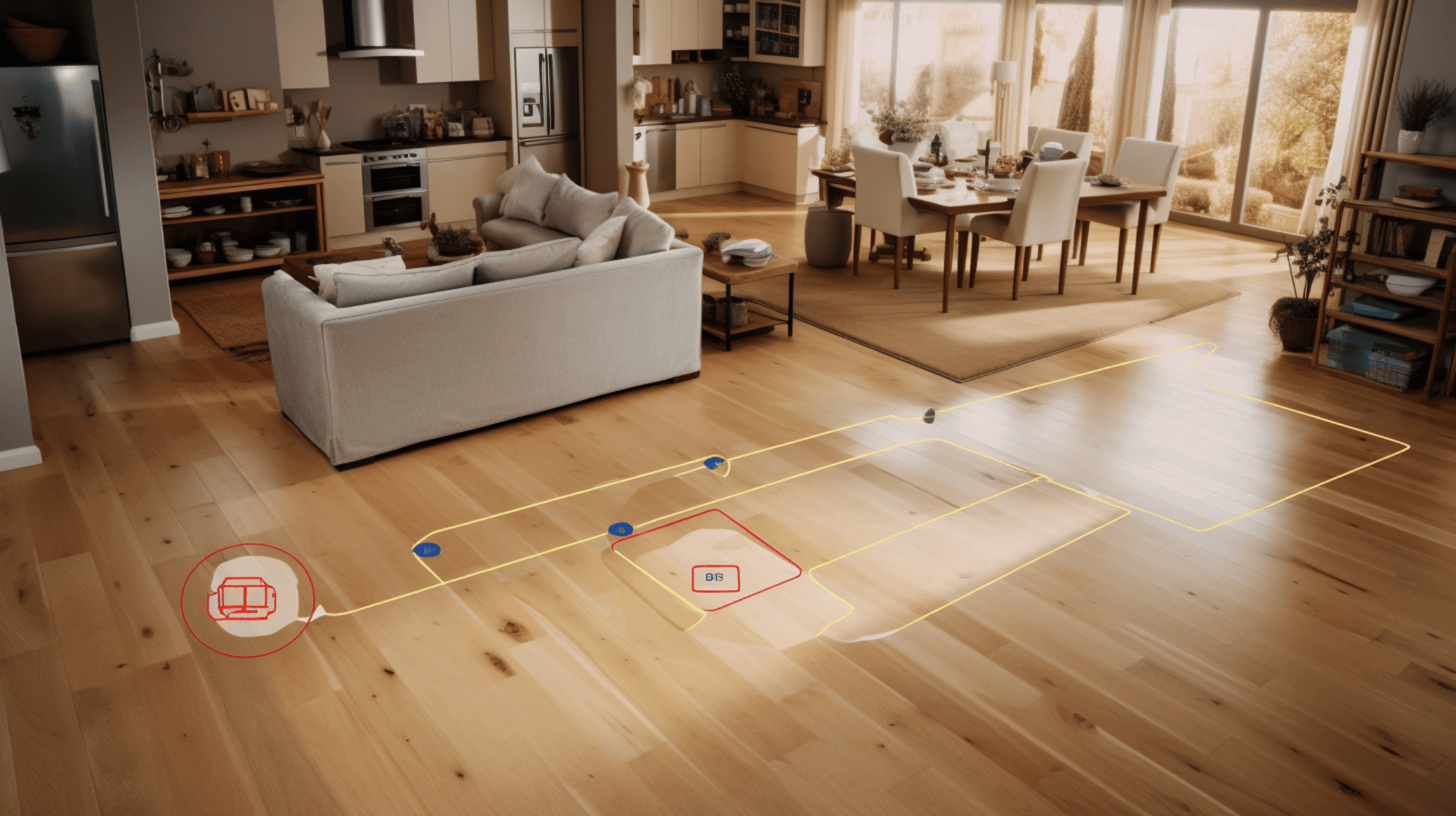
Wooden floor sanding is an effective way to protect wooden floors from scratches and dents caused by furniture and appliances. The process involves removing the top layer of the floor to reveal a fresh, clean surface, which helps to reduce the risk of damage. Additionally, the process can help to restore the floor’s shine and provide added protection against wear and tear.
When choosing a company for wooden floor sanding, it is important to consider our experience and expertise. GJP Floor Sanding, for example, has over 25 years of experience in the industry and specializes in floor sanding, staining, sealing, and polishing. We use the latest techniques and equipment to ensure the highest quality of work, and our team of experts can provide advice on the best practices for regular maintenance and care.
Wooden floor sanding can help to prevent furniture and appliance damage by providing a smooth, even surface that reduces friction and minimizes the risk of scratches and dents. Additionally, the process can help to protect against moisture damage and ensure the building meets building regulations. By addressing potential issues such as cold bridging and the presence of water or condensate pipes in the floor, wooden floor sanding can enhance the longevity and aesthetics of the floor.
By combining the benefits of wooden floor sanding with regular maintenance and care practices, home owners and business owners can effectively protect their wooden floors and maintain their beauty for years to come.
Expert Advice: Protecting Your Wooden Floors from Furniture and Appliance Damage
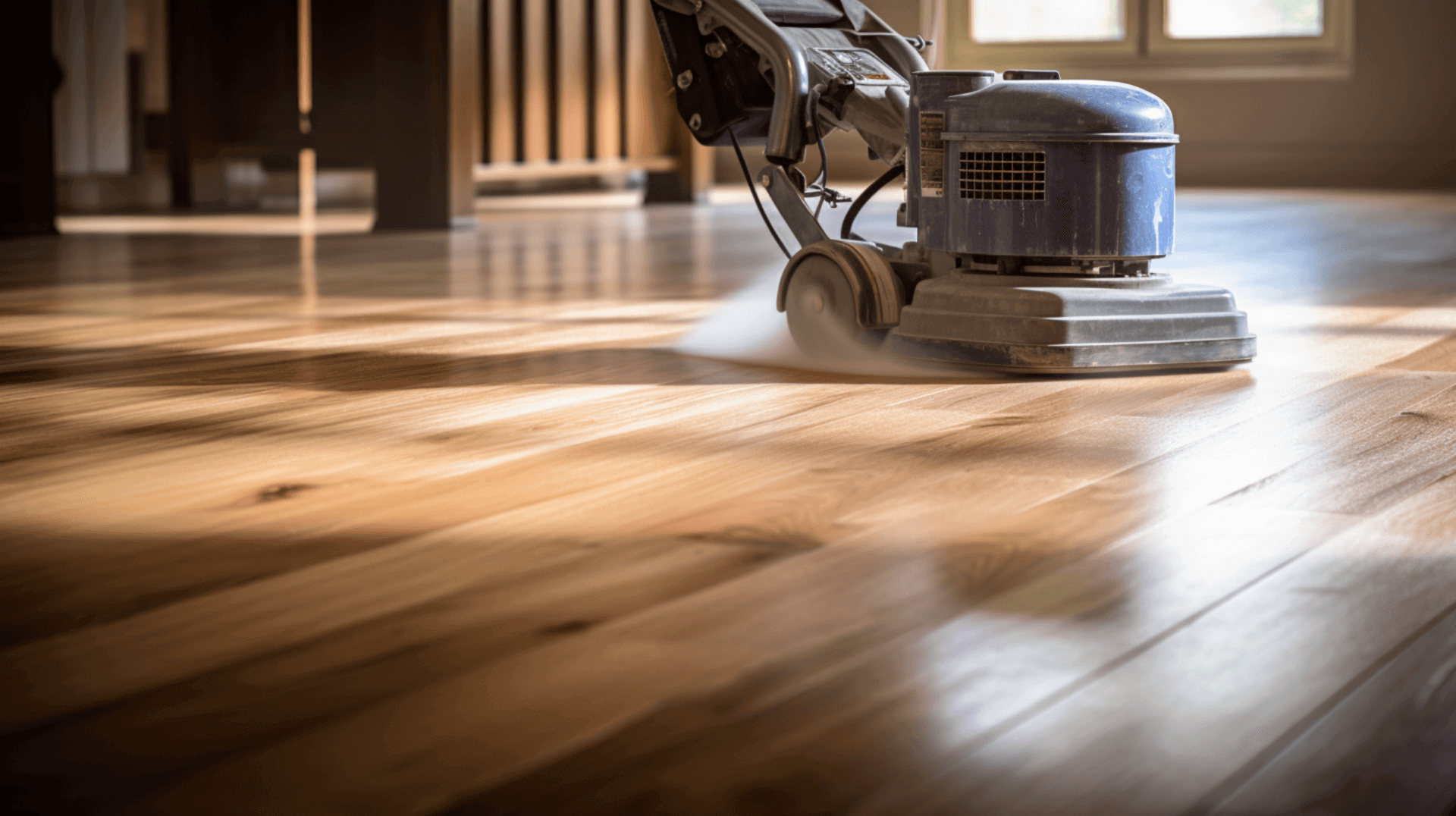
GJP Floor Sanding professionals offer expert advice on protecting wooden floors from furniture and appliance damage. We recommend regular cleaning and maintenance, such as vacuuming or sweeping the floor to remove dirt and debris, and using a damp mop to remove any stubborn stains. Additionally, we advise using the appropriate cleaning products and methods, such as a pH-neutral cleaner and a soft cloth or mop.
To avoid common mistakes when protecting wooden floors, it is important to follow certain guidelines. ensure that furniture and appliances are positioned at least two inches apart to minimize the risk of damage. use floor protectors and pads such as furniture pads, coasters, glides, felt pads, and rugs and mats to reduce friction and prevent scratches and dents. It is also important to verify that the address for installation is correct and that the technician identifies their credentials to the customer. Additionally, using shoe protectors/covers when entering the property, explaining the purpose of the visit and what the customer can expect, and advising the customer of any precautions needed, such as the removal of materials or possessions that restrict access to the floor, are important steps to take.
By following these expert recommendations and avoiding common mistakes, home owners and business owners can effectively protect their wooden floors from furniture and appliance damage, ensuring their longevity and maintaining their beauty.
Contact Us: Ensuring the Longevity of Your Wooden Floors with GJP Floor Sanding
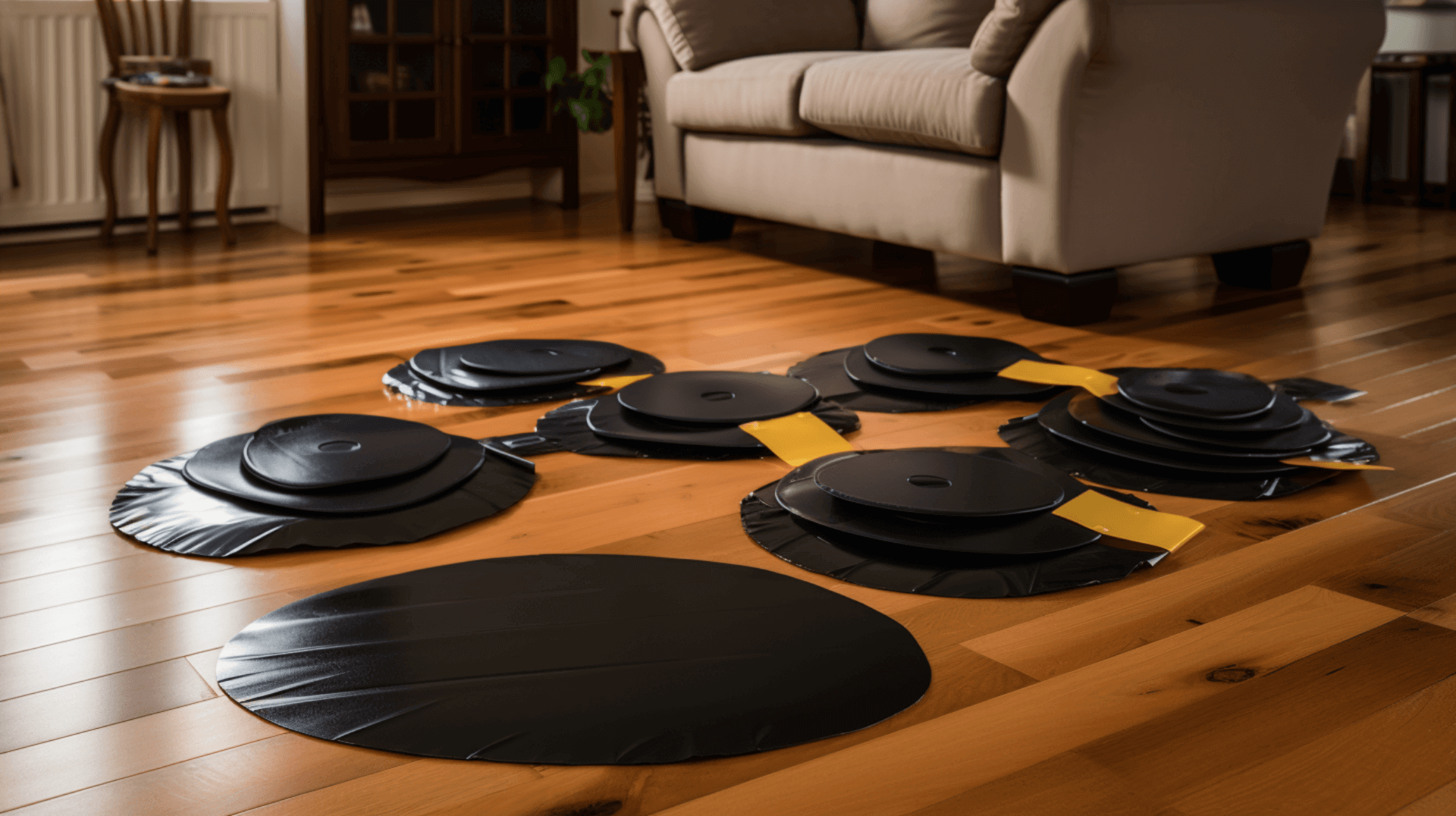
Contacting GJP Floor Sanding for your wooden floor protection needs is highly beneficial. With over 25 years of experience, we specialize in a comprehensive range of services including floor sanding, staining, sealing, and polishing. Our team of experts can provide valuable advice on regular maintenance, appropriate cleaning products, and methods.
GJP Floor Sanding can help protect wooden floors from furniture and appliance damage by providing a smooth, even surface that reduces friction and minimizes the risk of scratches and dents. We recommend positioning furniture and appliances at least two inches apart and using floor protectors and pads such as furniture pads, coasters, glides, felt pads, and rugs and mats. These measures help to prevent damage caused by friction and impact.
Additionally, GJP Floor Sanding can investigate potential sources of dampness, such as water or condensate pipes in the floor voids or rising damp in the walls. By addressing these issues, we can prevent further damage to the wooden floor and ensure its longevity. We can also provide guidance on the best practices for retrofitting floor insulation, such as the use of moisture control barriers, addressing cold bridging, and improving ventilation to the main dwelling and sub-floor.
By following our expert recommendations and utilizing our specialized services, home owners and business owners can effectively protect our wooden floors from damage and ensure our longevity and beauty. GJP Floor Sanding’s expertise and attention to detail can enhance the overall condition of the floors and provide added protection against wear and tear.
